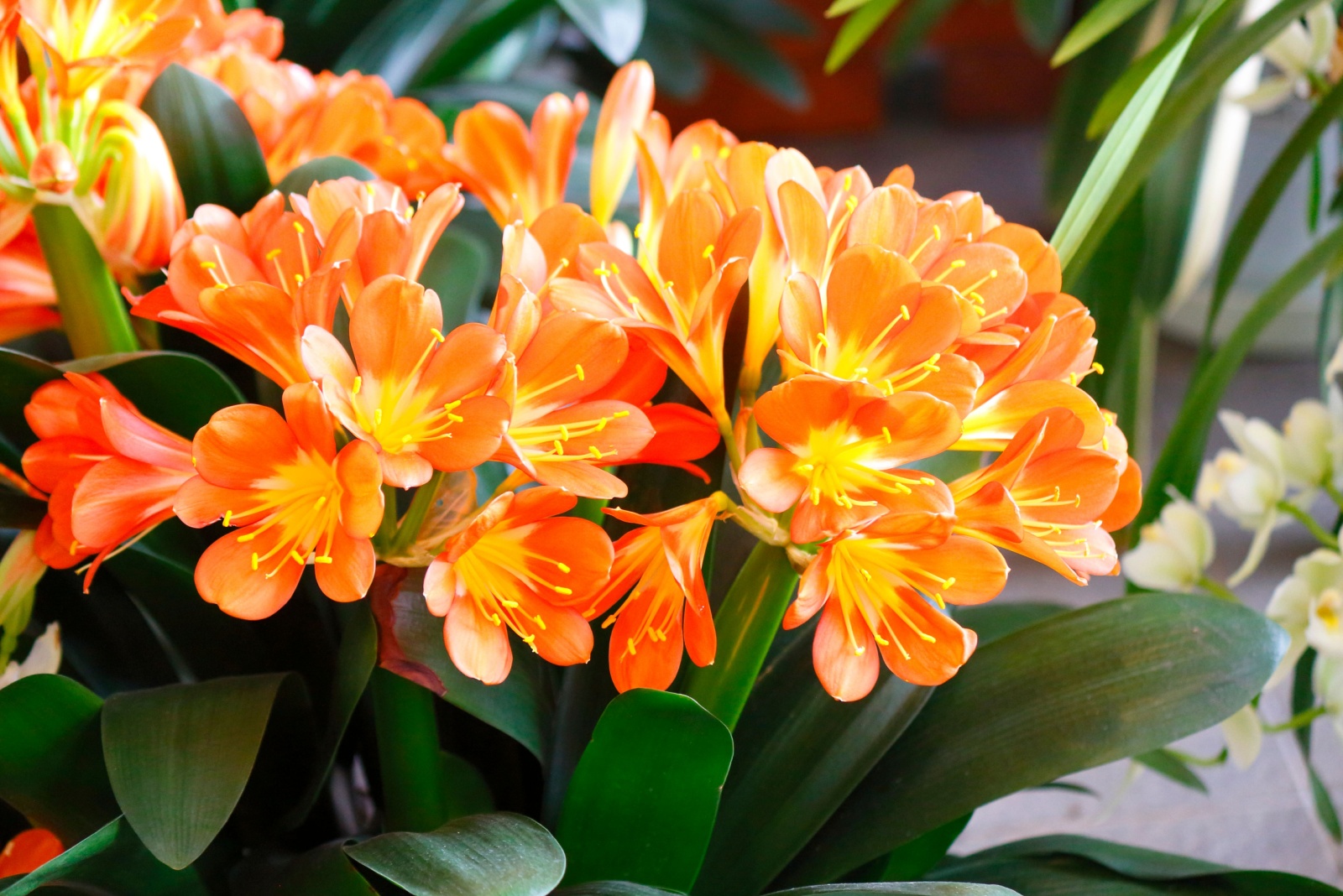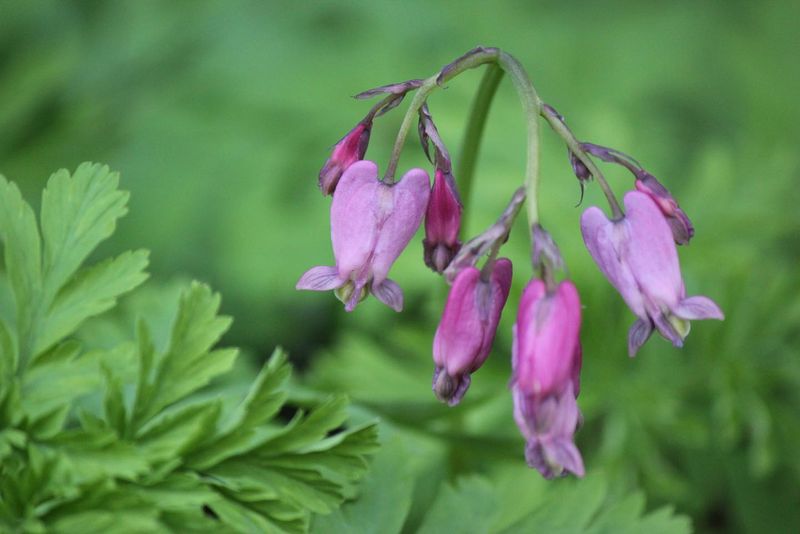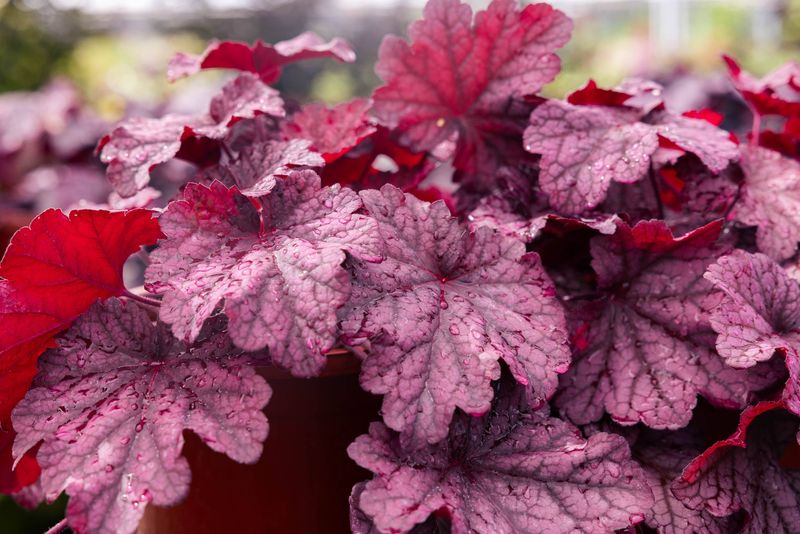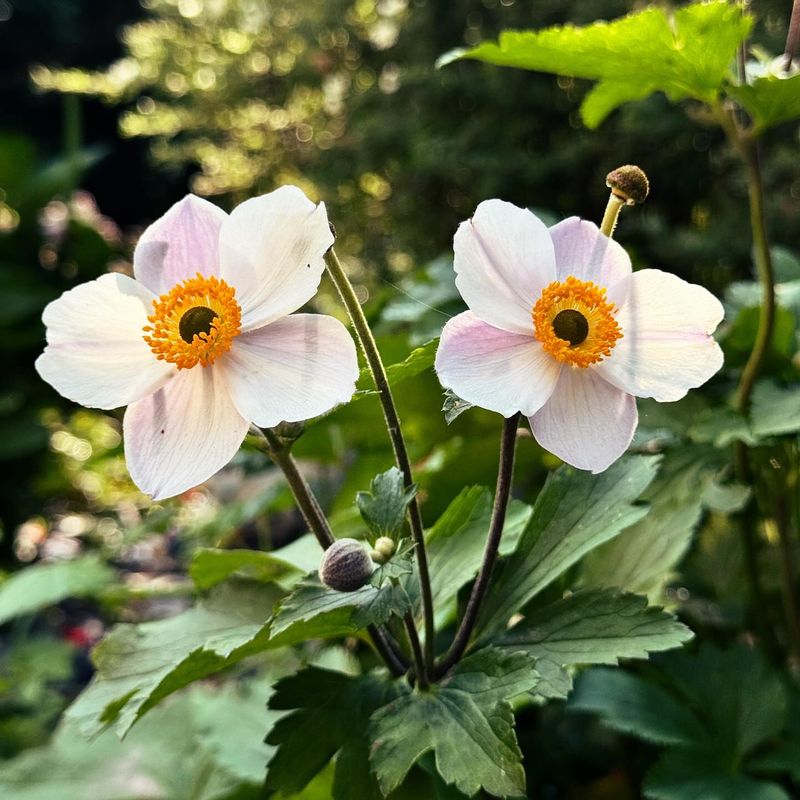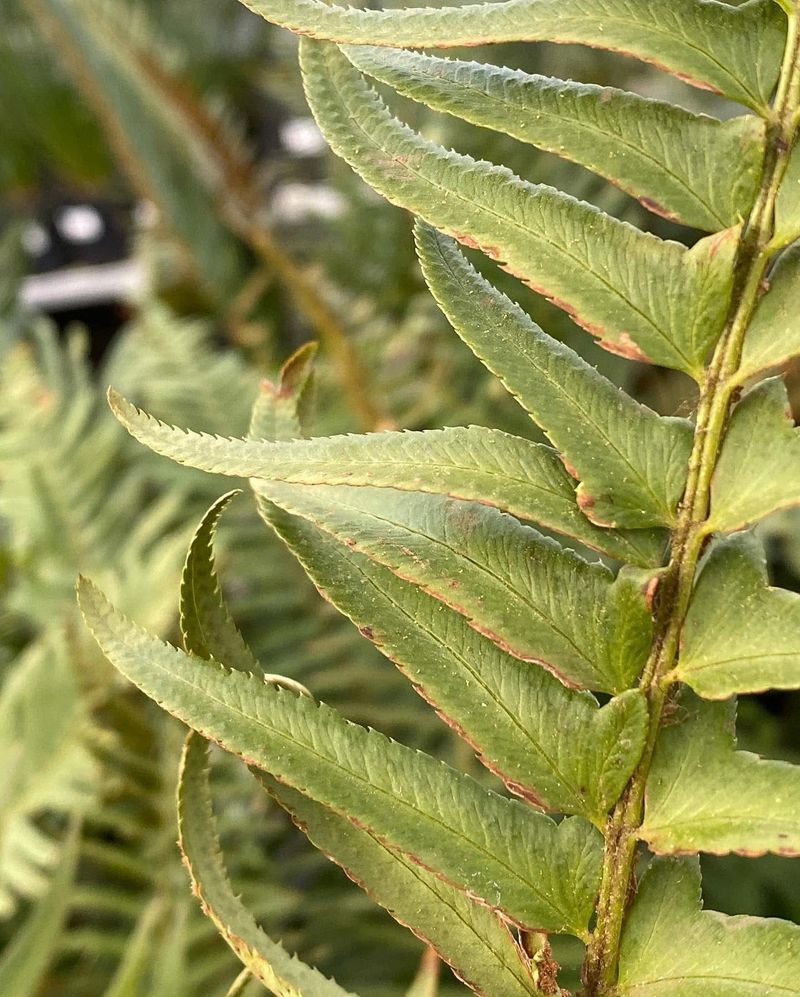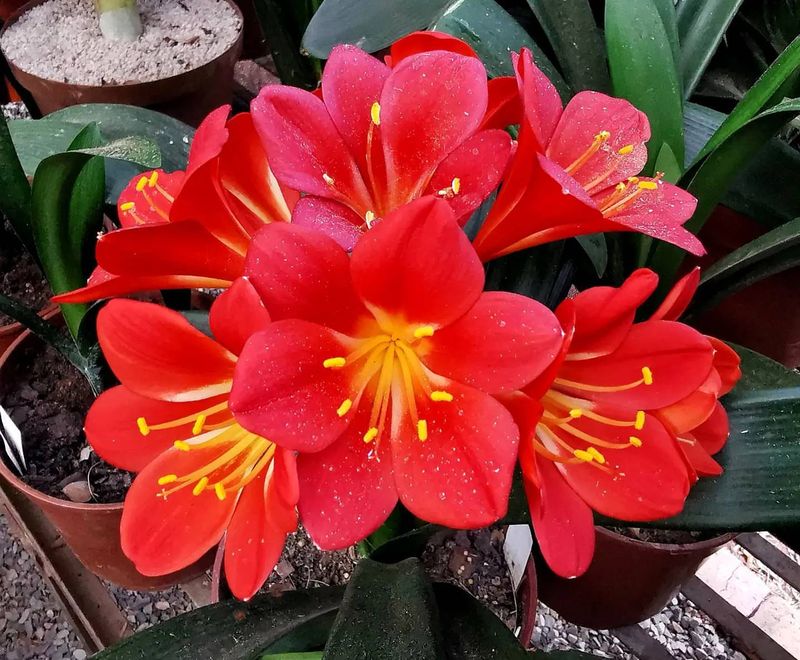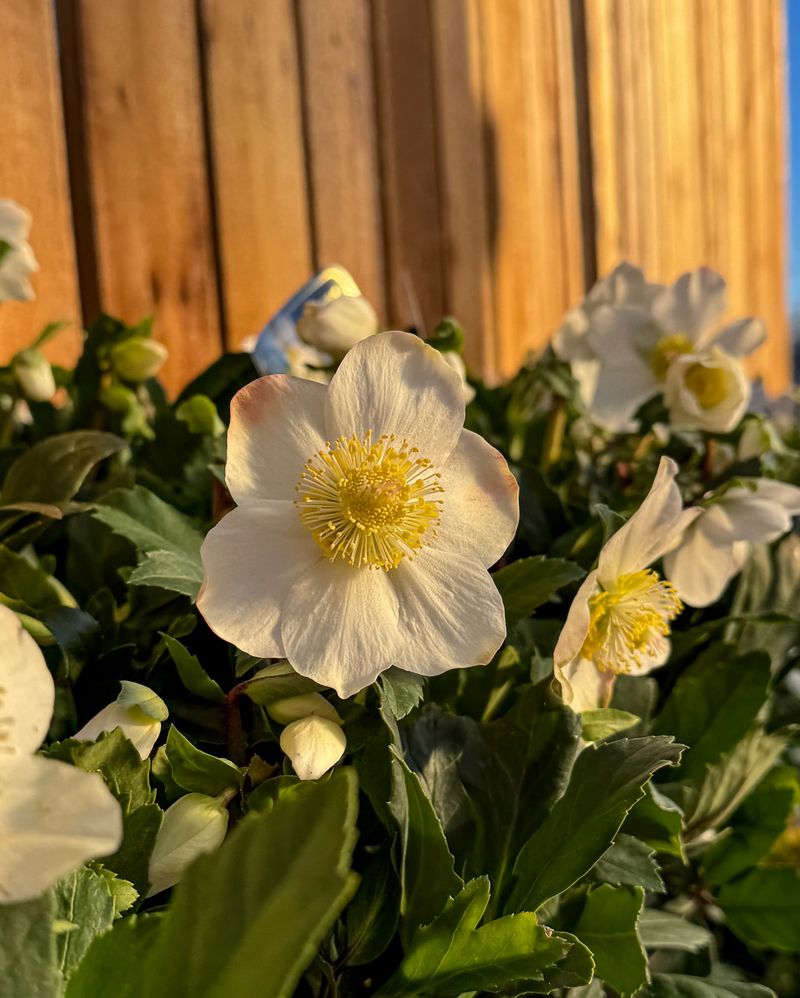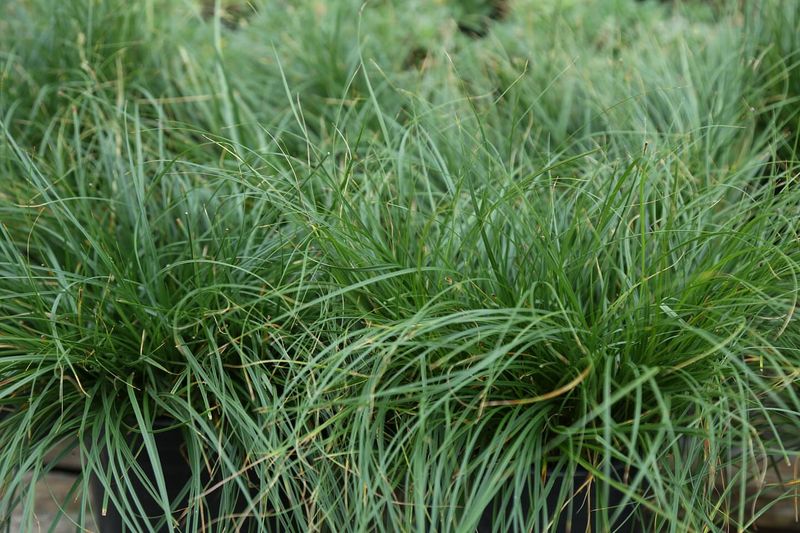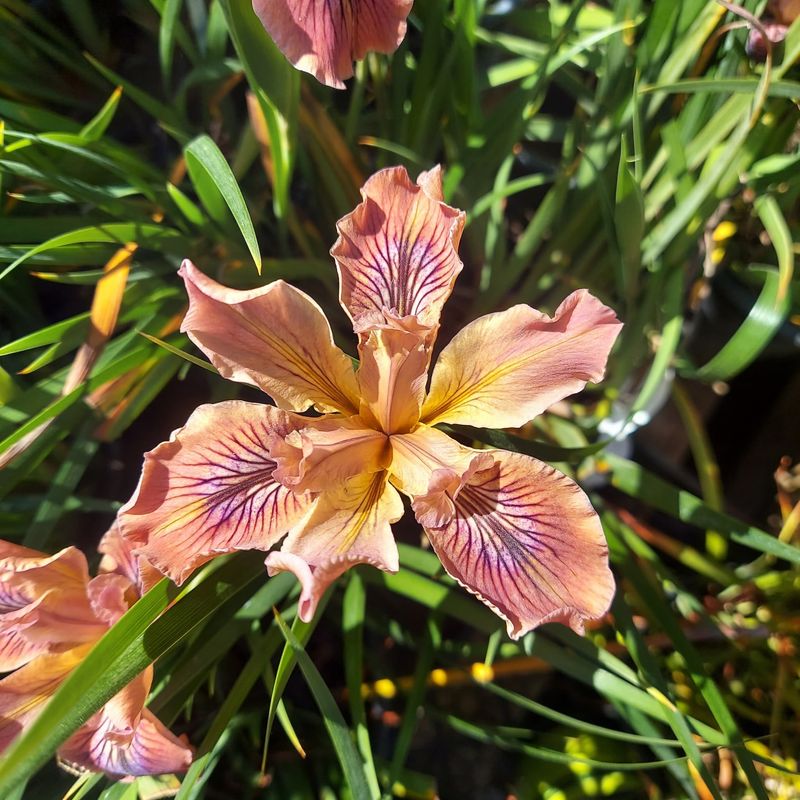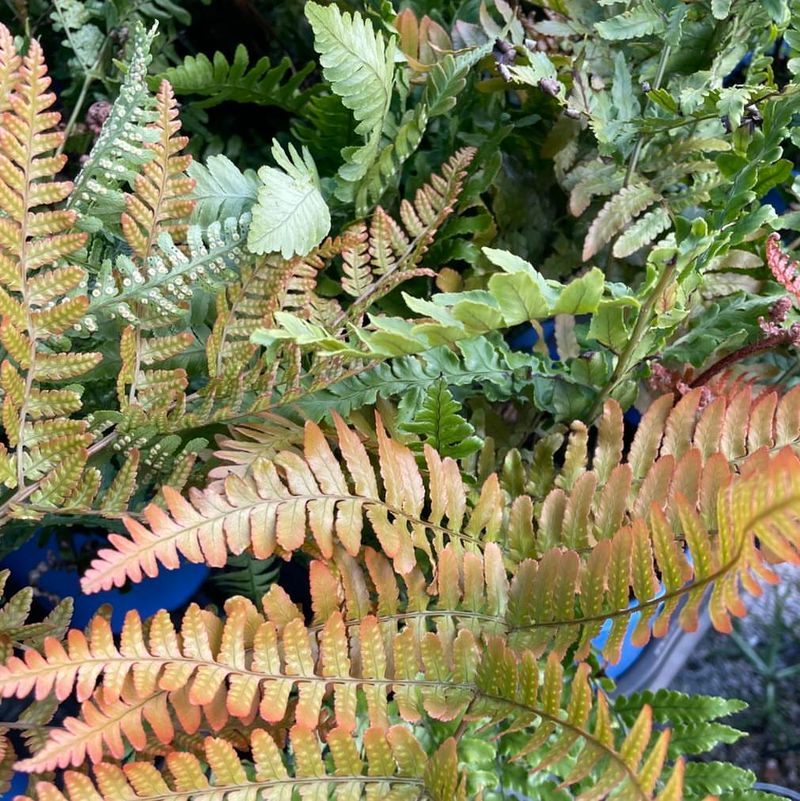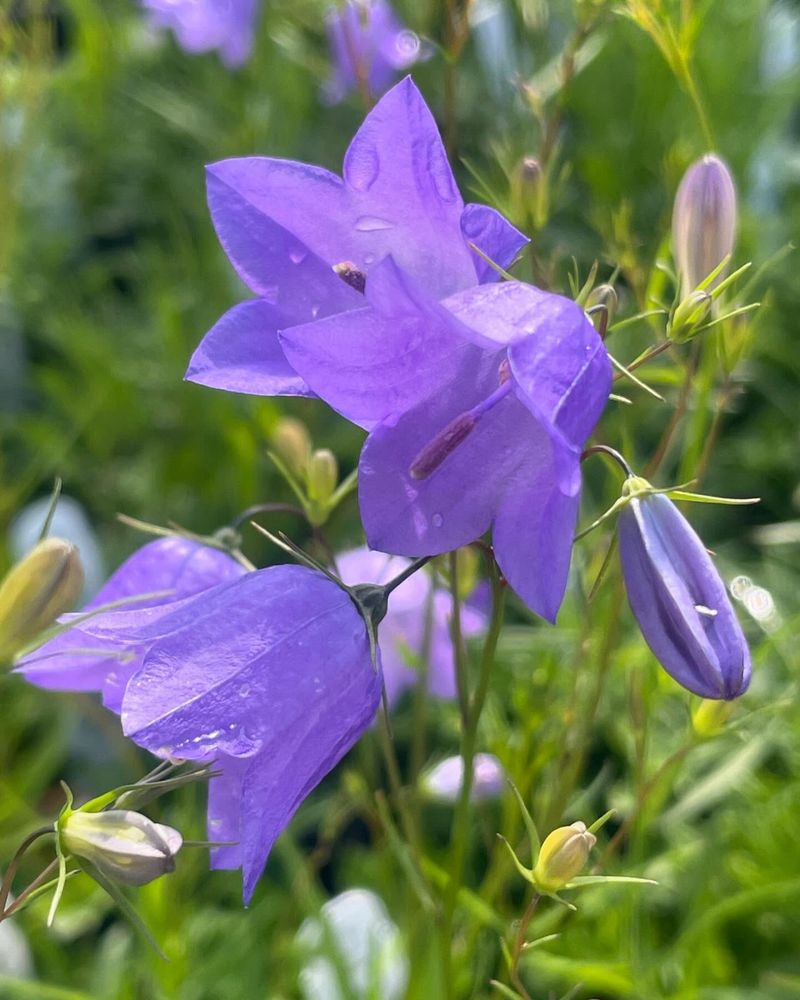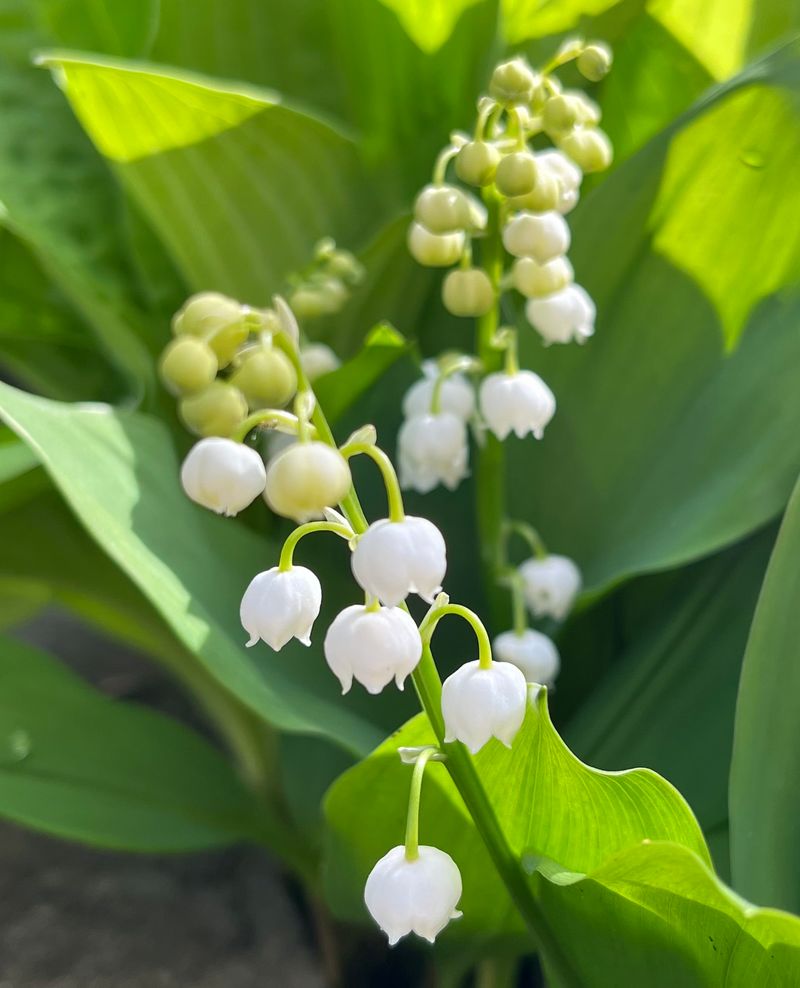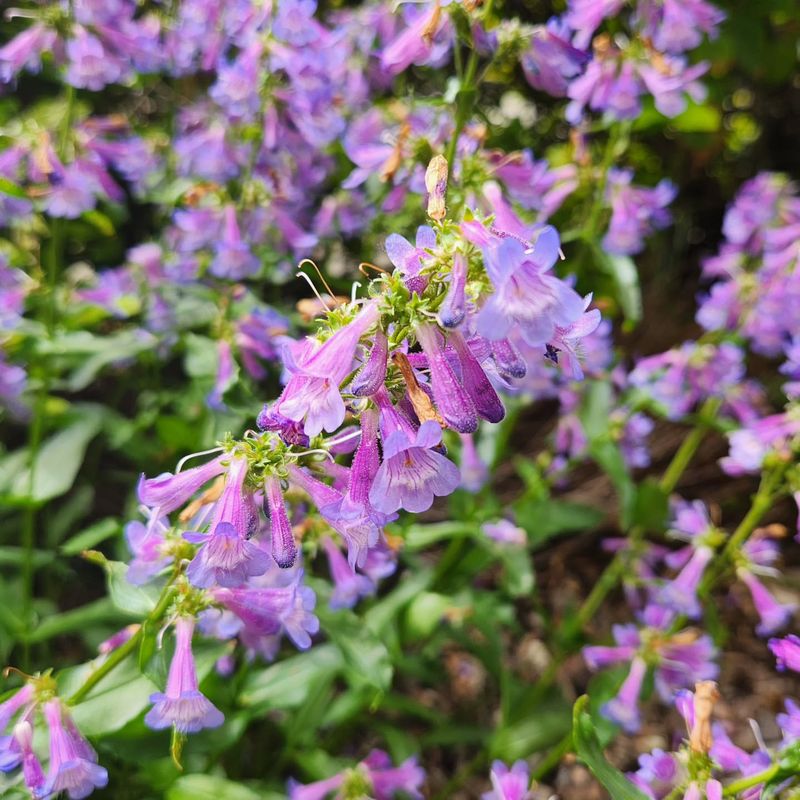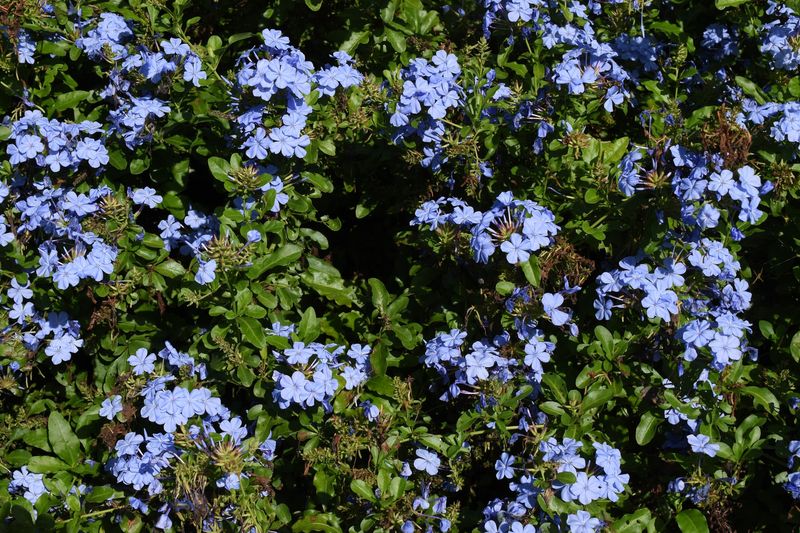Finding beautiful plants for those shady spots in your California yard can be tricky. Not all perennials thrive with limited sunlight, especially in our unique climate zones.
Luckily, Mother Nature offers plenty of stunning shade-loving options that not only survive but actually flourish in those cooler corners of your garden.
1. Western Bleeding Heart
Native to the coastal forests of California, these heart-shaped pink flowers dangle gracefully from arching stems. Their delicate appearance belies their hardy nature.
Western Bleeding Hearts bloom in early spring, bringing color to your garden when many other plants are still waking up. They prefer rich, moist soil and create a woodland feel in any shaded garden bed.
2. Coral Bells
Bursting with colorful foliage ranging from purple to lime green, Coral Bells create year-round interest in shady spots. Their leaves form neat mounds topped by airy flower stalks that attract hummingbirds.
Many varieties actually perform better with protection from harsh afternoon sun in California gardens. Drought-tolerant once established, they need just occasional watering, making them perfect for busy gardeners.
3. Japanese Anemone
Graceful pink or white flowers dance on tall stems above lush foliage in late summer when most perennials have finished blooming. Japanese Anemones bring elegant movement to forgotten corners of the yard.
Unlike many shade plants, they tolerate clay soils common in parts of California. Once established, they spread slowly to form beautiful colonies without becoming invasive, filling those difficult spots with reliable blooms year after year.
4. Western Sword Fern
Tough and resilient, these native ferns bring lush texture to the darkest corners of California yards. Their graceful arching fronds create a mini-forest feel, perfect for naturalistic gardens. Western Sword Ferns thrive in our coastal regions with minimal care.
Growing up to 4 feet tall and wide, they make excellent background plants or erosion control on shady slopes. Even better, deer typically leave them alone, a major bonus for many California gardeners!
5. Clivia
Striking orange blooms emerge from strappy evergreen foliage, creating tropical drama in dry shade. Clivia plants are practically bombproof in mild California climates, thriving where other flowering plants struggle. Originally from South Africa, they’ve adapted perfectly to our Mediterranean climate.
Blooming reliably in late winter to early spring, they require almost no water once established. Their bold structure makes them excellent container specimens for shaded patios.
6. Hellebores
Often called Lenten Roses, hellebores produce elegant nodding flowers in winter when gardens need color most. Their leathery, evergreen leaves look attractive year-round in partly shaded spots. Modern varieties offer stunning colors from pure white to deep purple, some with speckled petals or double forms.
Extremely long-lived, hellebores thrive in California’s milder regions where they can gradually form impressive clumps that require minimal division.
7. Berkeley Sedge
Fountains of fine-textured green foliage make this native California sedge perfect for shady spots needing ground cover. Unlike lawn grasses, Berkeley Sedge thrives in dappled light beneath trees. Growing in attractive mounds about 12 inches tall, it can be planted en masse for a meadow-like effect.
Extremely adaptable to various soil types, it requires little maintenance once established. Many California gardeners use it as a lawn substitute in areas too shady for traditional grass.
8. Pacific Coast Iris
Jewel-toned flowers with intricate patterns emerge from slender foliage in spring, bringing unexpected color to woodland gardens. These native irises naturally grow in California’s partially shaded forest edges.
Available in purples, yellows, whites and blues, they’re much more drought-tolerant than their bearded cousins. Hummingbirds and butterflies flock to their blooms. For best results in home gardens, plant them where they’ll receive morning sun but afternoon shade.
9. Autumn Fern
New fronds emerge copper-red before maturing to deep green, creating seasonal color changes in shady spots. Unlike many ferns, Autumn Fern tolerates California’s dry periods once established. The leathery texture of its fronds helps it withstand occasional drought better than more delicate fern varieties.
Forming tidy clumps about 2 feet tall and wide, they’re perfect for adding structure to shade gardens. Their evergreen nature ensures year-round interest even in winter.
10. Campanula
Bell-shaped purple flowers cover these charming perennials in late spring, brightening up shady corners with their cheerful blooms. Low-growing varieties make excellent edging plants along garden paths. California gardeners particularly appreciate their ability to bloom in partial shade without stretching or flopping.
While they prefer consistent moisture, many campanula varieties can handle short dry periods once established. Their compact growth habit makes them perfect partners for larger shade plants.
11. Lily Of The Valley
Fragrant white bells dangle above glossy green leaves, filling spring gardens with sweet perfume. These old-fashioned favorites spread slowly to form elegant groundcovers in shady areas. Lily of the Valley performs best in California’s cooler coastal and northern regions.
Once established, they return reliably each year with minimal care. Their delicate appearance belies their tough nature – they’ll thrive in spots where many other flowering plants struggle.
12. Fairy Bells
Arching stems carry creamy bell-shaped flowers that seem to float above woodland gardens. This California native thrives in the dappled light beneath oak trees where many plants struggle. Fairy Bells develop small blue-black berries after flowering, adding extra seasonal interest.
Their delicate appearance contrasts beautifully with bolder shade plants like ferns. Requiring minimal care once established, they’re perfect for naturalistic gardens that celebrate our state’s diverse plant heritage.
13. Cape Plumbago
Sky-blue flowers cover this sprawling evergreen shrub from spring through fall, creating a cool oasis in partially shaded areas. Though not a full shade plant, Cape Plumbago thrives in California yards with morning sun and afternoon protection.
Butterflies flock to its sticky blossoms while deer tend to avoid it. Remarkably drought-tolerant once established, it’s perfect for water-wise California gardens. Its informal growth habit makes it ideal for cottage gardens or as a flowing groundcover on slopes.

